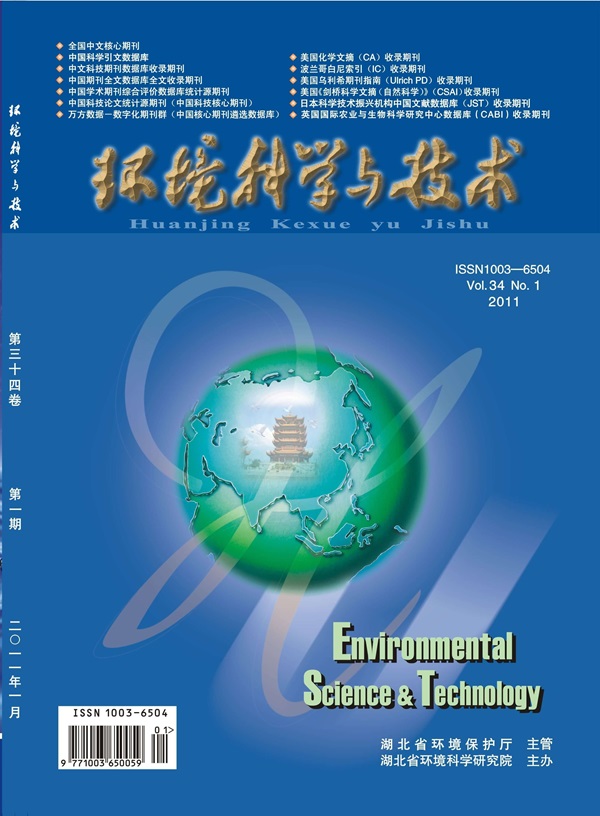锑稳定同位素在揭示土壤中锑的来源和垂直迁移中的应用
IF 11.3
1区 环境科学与生态学
Q1 ENGINEERING, ENVIRONMENTAL
引用次数: 0
摘要
锑是一种在世界范围内广泛存在的具有潜在致癌风险的污染物。许多国家都在努力处理历史上大量含硒废物,导致土壤污染,这是国际关注的问题。土壤中锑的来源和迁移机制尚不明确,限制了土壤污染的有效防治。本研究利用Sb稳定同位素技术对两种污染情景下的土壤剖面进行了分析,目的是量化Sb的来源,了解Sb的迁移过程,并阐明土壤中的同位素分馏机制。结果表明,表层土壤Sb主要来源于大气干沉积(31.7 ~ 56.3%)、湿沉积(19.6 ~ 32.7%)和岩石风化(21.0%)。在地下土壤中,锑主要来自上层土壤解吸产生的溶液,铁矿物、锰(氢)氧化物和有机物的吸附阻碍了其向下运动。深层土壤中含锑,其运移受次生矿物吸附的影响。地下水有助于锑的迁移,并影响水土交换过程中的同位素分馏。本研究为锑污染的定量跟踪提供了一个新的框架,提高了对土壤中锑的地球化学行为的科学认识。本文章由计算机程序翻译,如有差异,请以英文原文为准。

Application of Antimony Stable Isotopes in Revealing the Source and Vertical Migration of Sb in Soil
Antimony (Sb) is a widespread contaminant that poses potential carcinogenic risks worldwide. Many countries are grappling with significant historical Sb-containing waste, leading to soil contamination, which is of international concern. The lack of clarity on Sb sources and migration mechanisms in soil limits the effective prevention and control of soil pollution. This study utilized Sb stable isotope techniques to analyze soil profiles from two pollution scenarios, with the aims of quantifying Sb sources, understanding migration processes, and elucidating isotopic fractionation mechanisms in soil. The results reveal that surface soil Sb originates primarily from atmospheric dry deposition (31.7–56.3%), wet deposition (19.6–32.7%), and rock weathering (<21.0%). In subsurface soils, Sb mainly comes from solutions resulting from desorption in upper soil layers, with adsorption by iron minerals, manganese (hydr-)oxides, and organic matter impeding its downward movement. Deeper soil layers contain Sb derived from parent rock weathering, with migration impacted by secondary mineral adsorption. Groundwater aids in Sb migration and influences isotopic fractionation during water–soil exchange. This research introduces a novel framework for quantitatively tracking Sb pollution and enhances the scientific understanding of the geochemical behavior of Sb in soil.
求助全文
通过发布文献求助,成功后即可免费获取论文全文。
去求助
来源期刊

环境科学与技术
环境科学-工程:环境
CiteScore
17.50
自引率
9.60%
发文量
12359
审稿时长
2.8 months
期刊介绍:
Environmental Science & Technology (ES&T) is a co-sponsored academic and technical magazine by the Hubei Provincial Environmental Protection Bureau and the Hubei Provincial Academy of Environmental Sciences.
Environmental Science & Technology (ES&T) holds the status of Chinese core journals, scientific papers source journals of China, Chinese Science Citation Database source journals, and Chinese Academic Journal Comprehensive Evaluation Database source journals. This publication focuses on the academic field of environmental protection, featuring articles related to environmental protection and technical advancements.
 求助内容:
求助内容: 应助结果提醒方式:
应助结果提醒方式:


